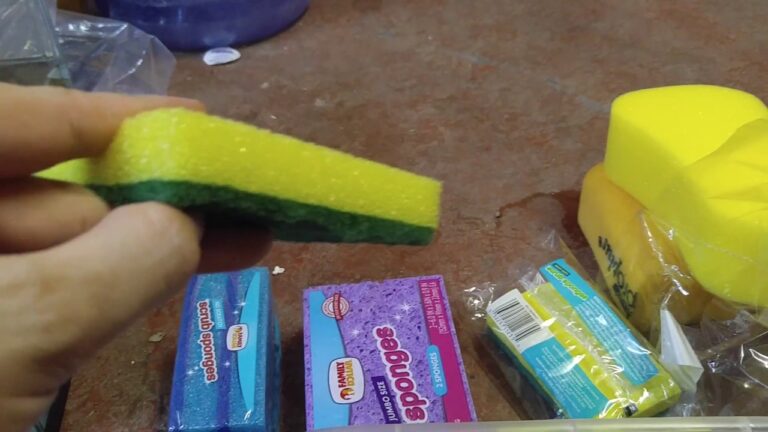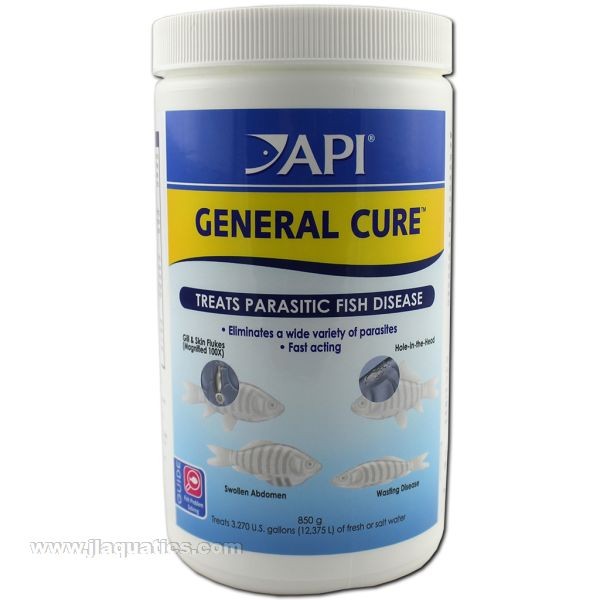How to Test Oxygen Levels in Fish Tank?
If you have fish, it’s important to maintain healthy oxygen levels in their tank. Too little oxygen can lead to health problems and even death for your fish. There are a few different ways that you can test the oxygen levels in your fish tank.
One way is to use an oxygen test kit. These kits are available at most pet stores. They typically come with a vial of solution and a color chart.
To use the kit, you’ll need to take a sample of water from your tank and add the solution. Then, compare the color of the water to the chart to determine the level of dissolved oxygen in the water.Another way to test oxygen levels is by using an electronic meter.
These meters are more expensive than test kits, but they’re also more accurate. To use an electronic meter, simply place it in the water and wait for it to give you a reading.Finally, you can also check for signs of low oxygen levels in your fish themselves.
If your fish are gasping at the surface of the water or seem lethargic, it could be a sign that there’s not enough dissolved oxygen in their tank. If you notice any of these signs, be sure to check the oxygen levels right away and take steps to increase them if necessary.
- Fill a cup with water from your fish tank and use a test strip to check the oxygen levels
- The test strip will change color based on the level of oxygen present in the water
- Compare the test strip to the chart included with the kit to determine the dissolved oxygen content in your fish tank
- Use an aerator or bubbler to increase oxygen levels if they are low
Measuring Level of Oxygen in Aquarium with Different Filtration System
How Often Should I Test the Oxygen Levels in My Fish Tank?
If you have fish in your tank, it’s important to test the oxygen levels on a regular basis. Oxygen is essential for fish to live, and if the levels in your tank are too low, your fish could die.There are a few different ways to test the oxygen levels in your tank.
You can use a simple kit that measures the amount of dissolved oxygen in the water, or you can use an electronic monitor that will give you a more accurate reading.Most experts recommend testing the oxygen levels at least once a week. However, if you notice that your fish are acting strange or seem stressed, you should test more often.
If the levels are low, you may need to add an air stone or bubbler to increase the oxygen in your tank.
What are the Ideal Oxygen Levels for My Fish Tank?
There are a variety of factors to consider when determining the ideal oxygen levels for your fish tank. The size of your tank, the number and type of fish you have, and the temperature of the water all play a role in how much oxygen your fish need.Generally, most fish thrive in environments with an dissolved oxygen level between 5-10 ppm (parts per million).
However, some fish (such as goldfish) require higher levels of oxygen, while others (such as bettas) can tolerate lower levels. It’s important to do research on the specific needs of the species of fish you’re keeping before setting up your tank.One way to ensure that your fish are getting enough oxygen is to install an air stone or other aeration device.
This will help to keep the water circulating and prevent it from becoming stagnant. Regular water changes are also important in keeping dissolved oxygen levels high; as fresh water has a higher concentration of dissolved oxygen than old water.
Why Do Oxygen Levels Matter for My Fish Tank?
Oxygen levels are important for fish tanks because fish need oxygen to breathe. Oxygen is dissolved in water and is taken in by fish through their gills. If the oxygen level in a fish tank gets too low, the fish will suffocate and die.
There are a few things that can cause low oxygen levels in a fish tank. One is overpopulation. If there are too many fish in a tank, they will use up all of the oxygen in the water and suffocate.
Another is if the water is stagnant and not moving. Water needs to be circulated in order to keep dissolved oxygen levels high. Lastly, if there are plants in the tank, they will also use up some of the dissolved oxygen as they photosynthesize.
You can tell if your fish are having trouble getting enough oxygen if they start gasping at the surface of the water or if they start swimming erratically. If you see either of these signs, you need to take action immediately to increase the oxygen level in your tank.
How Can I Raise Or Lower the Oxygen Levels in My Fish Tank?
One of the most important aspects of keeping fish in an aquarium is maintaining the water quality, and a key part of water quality is dissolved oxygen levels. Oxygen is essential for fish to breathe, and if the levels get too low, your fish will start to suffocate. On the other hand, if the levels get too high, it can cause problems with your filtration system and lead to an ammonia spike.
So how do you know what the right level of dissolved oxygen is for your tank, and how do you raise or lower it if necessary?The ideal range for dissolved oxygen in a fish tank is between 5-10 ppm (parts per million). You can test for dissolved oxygen levels using a kit from your local pet store.
If the levels are below 5 ppm, you’ll need to take steps to raise them. This can be done by adding an air stone or powerhead to create more surface agitation, which will help oxygenate the water. You can also try raising the temperature slightly, as warmer water holds less dissolved oxygen than cooler water.
If your dissolved oxygen levels are above 10 ppm, you’ll need to take steps to lower them. This can be done by reducing surface agitation and/or lowering the temperature slightly. You should also check your filtration system to make sure it’s not overproducing oxygen (this is often a problem with canister filters).
Once you’ve got everything under control and your dissolved oxygen levels are back within the ideal range, be sure to monitor them closely so that you can catch any future fluctuations early on.

Credit: fishlab.com
Conclusion
If you’re a fish owner, it’s important to know how to test oxygen levels in your fish tank. Too little oxygen can be harmful to your fish, and even deadly.There are a few different ways to test oxygen levels in your fish tank.
One way is to use an electronic dissolved oxygen meter. These meters measure the amount of dissolved oxygen in the water and can be found at most pet stores.Another way to test oxygen levels is by using a chemical kit.
Chemical kits are less accurate than electronic meters, but they’re still a good way to check on your fish’s oxygen levels. You can find these kits at most pet stores as well.To use either method, simply follow the instructions that come with the kit or meter.
It’s important to test your fish tank’s oxygen levels regularly, especially if you have a lot of fish or if you notice any changes in their behavior.





